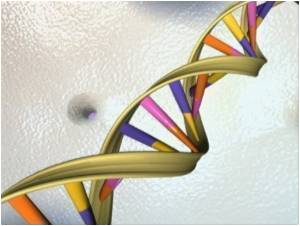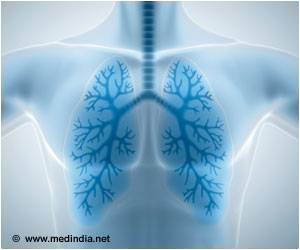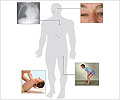
Children born with a severe form of this disease usually die before they are 10 years old, while those with less severe forms can live well into adulthood. Symptoms can include improperly formed bones and teeth, carpal tunnel syndrome, an enlarged spleen, hearing or vision problems, distinct facial characteristics, heart problems and mental delays.
MPS I affects about one in 100,000 people. The human body continually churns out building blocks that rebuild various parts of the body, such as bone and cartilage. For example, bones in the body are rebuilt every seven years. "Your body has to have a way of doing this, so that there is a breakdown of bone and then a production of the bone building-blocks," said research associate and team member Jiang Yin. He explained that with MPS I, the body can't complete this process due to a malfunctioning enzyme.
The gene responsible for creating this enzyme and directing its work is mutated in patients who have the disease. In fact, more than 100 mutations in this gene can cause the disease and impact its severity. In order to better understand MPS I, researchers have been trying to figure out the three-dimensional structure of this important enzyme.
James's team was the first to determine the 3-D structures that link specific defects in the enzyme to specific symptoms of the disease and specific genetic mutations. "Now that we know how this enzyme functions and where the mutations are, the sites of the mutations can now be related to the disease symptoms" said James. "We've identified a drug target. There won't be a cure yet, but hopefully we can develop drugs to treat the less severe forms of the disease."
Yin added: "If we can treat people in the early stages of the disease, we may be able to lessen the severity of the disease and the mental delays." James said this paves the way for the possibility of an alternative to enzyme replacement therapy, which involves weekly injections of a needle between a protective membrane and the spinal cord. The treatment is both painful and expensive, costing about $450,000 a year per patient.The U of A team has been collaborating with researchers from Simon Fraser University and the University of British Columbia on their work. Haiying Bie, a post-doctoral fellow from the U of A, was also a key member of the team. "We're very excited about this discovery," said James.
Advertisement
Source-Eurekalert















